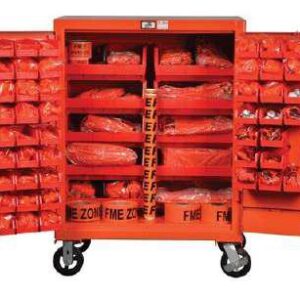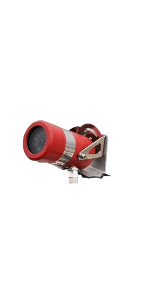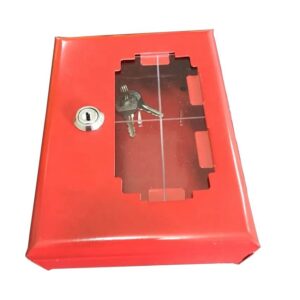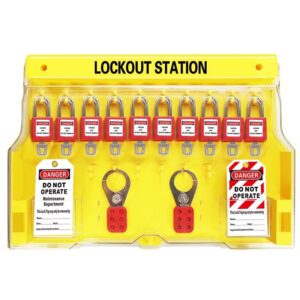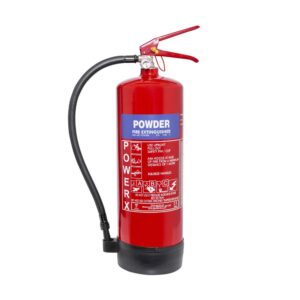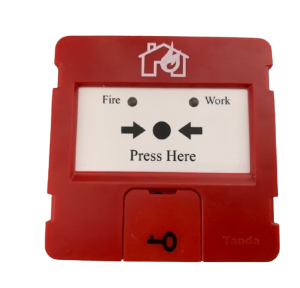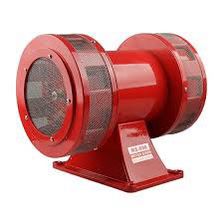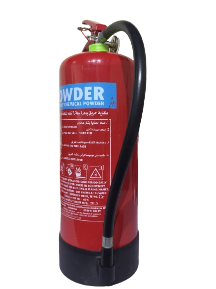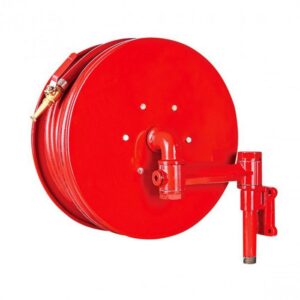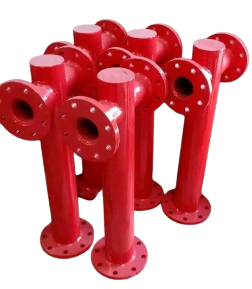HANDING TYPES fm200
An FM 200 fire suppression system is a clean agent fire suppression solution that uses a colorless, odorless gas called FM-200 (heptafluoropropane) to extinguish fires. Unlike water-based systems, FM 200 systems are designed to quickly suppress fires without causing damage to sensitive equipment or leaving any residue.
How Do FM 200 Fire Suppression Systems Work?
FM 200 systems are designed to detect and suppress fires in their early stages. Here’s a step-by-step look at how they operate:
- Detection: Advanced smoke and heat detectors continuously monitor the protected area. If they detect a fire, the system is activated.
- Activation: Upon activation, the FM-200 gas is rapidly discharged into the room or enclosed space. This typically happens within 10 seconds.
- Suppression: The FM-200 gas absorbs the heat from the fire and disrupts the chemical reaction occurring in the flames. This effectively extinguishes the fire.
- Ventilation: After the fire is suppressed, ventilation systems are used to clear the FM-200 gas from the area, making it safe for re-entry.
Benefits of FM 200 Fire Suppression Systems
There are several key advantages to using an FM 200 system over traditional fire suppression methods:
Rapid Response
FM 200 systems can suppress a fire in seconds, significantly reducing the potential for damage and downtime.
Equipment Safety
Since FM-200 is a clean agent, it won’t harm sensitive electronics, valuable documents, or other critical assets. This makes it ideal for use in data centers, archives, and museums.
No Residue
Unlike water or foam-based extinguishers, FM-200 leaves no residue behind, eliminating the need for extensive clean-up after a discharge.
Safe for Occupied Spaces
FM 200 is non-toxic at concentrations used for fire suppression, making it safe for use in areas where people are present.
Applications of FM 200 Gas Suppression Systems
FM 200 systems are versatile and can be used in various environments, including:
- Data Centers: Protecting servers and networking equipment from fire without damaging the electronics.
- Telecommunication Facilities: Ensuring uninterrupted communication by safeguarding equipment.
- Archives and Libraries: Preserving valuable documents, books, and artifacts.
- Healthcare Facilities: Protecting sensitive medical equipment and records.
- Museums and Art Galleries: Ensuring that irreplaceable artworks and exhibits are not damaged by fire suppression efforts.
Choosing the Right FM 200 System
When selecting an FM 200 fire suppression system, it’s essential to work with a knowledgeable provider who can tailor the system to your specific needs. Here are some factors to consider:
- Room Size and Layout: The size and configuration of the space will determine the amount of FM-200 gas needed and the placement of nozzles.
- Type of Assets: Different assets may have varying protection requirements.
- Regulatory Compliance: Ensure that the system meets all relevant fire safety regulations and standards.
Maintenance and Inspection
Regular maintenance and inspection of your FM 200 fire extinguishing systems are crucial to ensure they function correctly in an emergency. This typically involves:
- Routine Checks: Regularly scheduled inspections by qualified technicians.
- System Testing: Periodic testing to verify that detectors, alarms, and discharge mechanisms are operational.
- Refilling and Servicing: Ensuring that the FM-200 gas cylinders are fully charged and ready for use.
HANDING TYPES fm200

